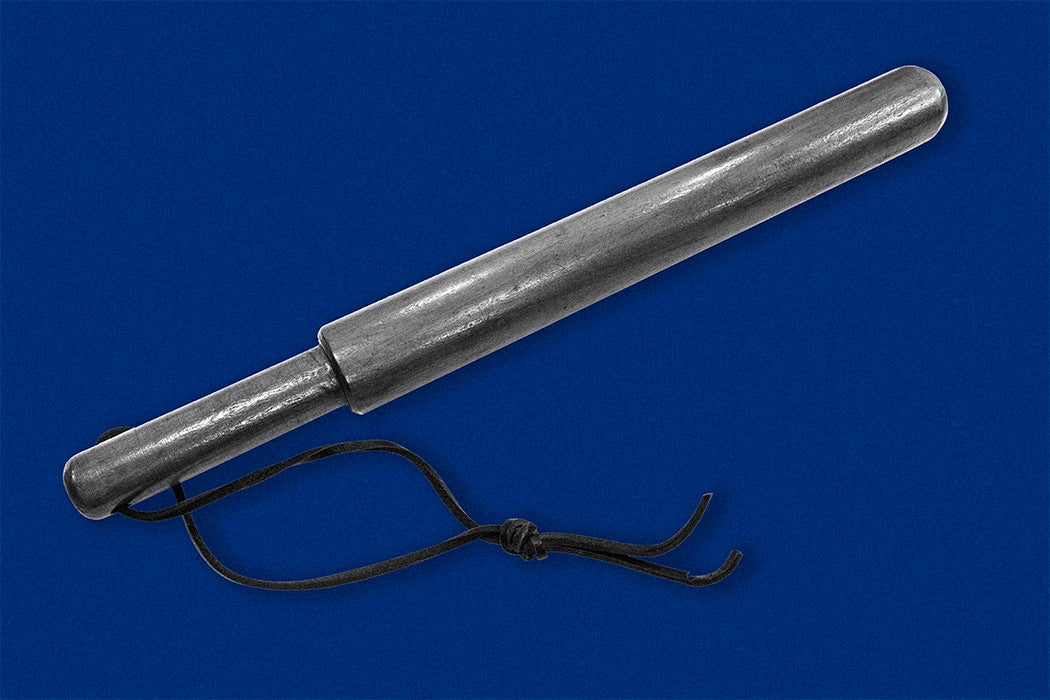By the 1930s, lynchings and other forms of “popular justice” used to enforce white supremacy in America had declined, and Jim Crow laws were coming under increasing scrutiny. As historian Jeffrey S. Adler writes, that helps explain a dramatic rise in New Orleans police detectives’ use of torture methods known as “the third degree” during that decade.
Across the country, Adler writes, the third degree arose as a response to a real rise in crime in the early twentieth century—and a media obsession with flashy crimes like bank robberies and anarchist bombings. Municipal police, often hired through party machines and given little training in crime-solving, helped secure a conviction in only a small fraction of serious crimes, infuriating many citizens.
And so, they turned to torture. By the late 1920s, police everywhere in the country used third-degree tactics such as brutal beatings, electroshock, and waterboarding to secure confessions. As one New York policeman told a newspaper reporter in 1923 “one hour of beating is better than ten days of hopeless sleuthing.”
Nationwide, the scale began tipping away from torture in the ’30s as the public reacted against the reports of police violence and departments adopted new “scientific” crime-solving strategies. But, Adler writes, New Orleans was different. While the city’s police had also begun using the third degree largely to combat highly visible crimes like bank heists—which were mostly committed by white people—in the 1930s they found new uses for it.
The context for the new turn in policing was that the city’s Black population was growing quickly due to migration from rural areas, while legal decisions were overturning some segregation laws. In 1935, the Orleans Parish district attorney, Eugene Stanley, ran newspaper advertisements warning that “at no time in the history of our State has White Supremacy been in greater danger.”
Where the city police had previously taken little interest in violence within Black communities, Adler writes, they now began to view Black street criminals as the most pressing threat to public safety—even though by this time crime rates had fallen among both Black and white residents. To combat this alleged danger, the police stepped up their use of the third degree. In addition to the typical torture methods used by police elsewhere, New Orleans cops staged mock lynchings, sodomized prisoners with hot pokers, and drove suspects to secluded places for fake—and occasionally real—executions.
Weekly Newsletter
Judges, jurors, and district attorneys often made it clear they had no interest in pursuing any case against a cop who had abused any Black person, even when there was clear evidence. As one New Orleans police officer put it, local police “are always acting out what the majority of whites in New Orleans feel about Negros.”
In the 1940s, police torture finally declined in the city as it continued to drop across the country. By the end of that decade, “the third degree” was most associated with torture methods used by communist regimes in other countries.







